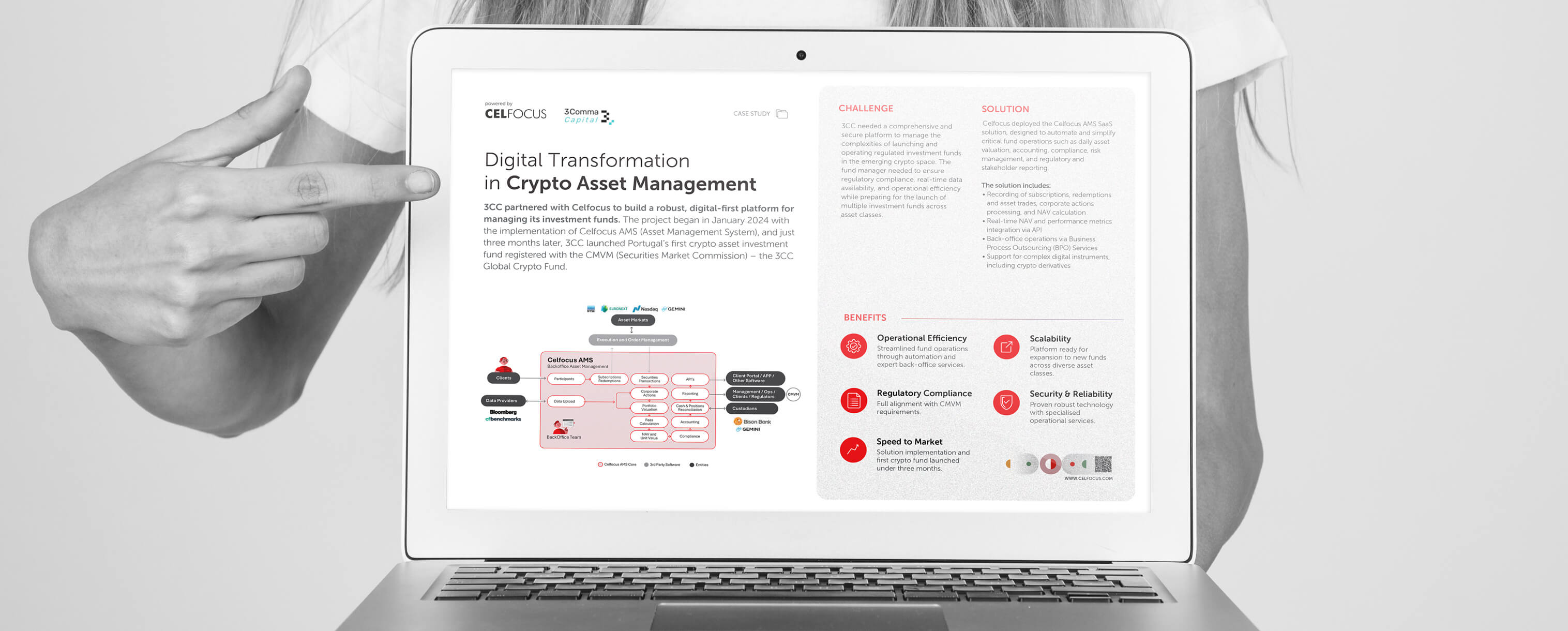|---Module:text|Size:Small---|
In Part 1 of this article, we’ve seen the impact of Open Banking, from empowering customers to make better decisions around products available in the market, to allowing banks to collaborate with Third-Party Providers (TPPs) for a healthy growth of the ecosystem.
Open banking is still in its infancy and most banks are starting to slowly adopt the new rules of the game. However, according to Celent’s research [1], there’s a growing interest in moving beyond banking services that are payment-oriented into providing customers with the opportunity to enable TPPs to access data across their full financial lives. And that will take the form of Open finance.
Open Finance as an extension of Open Banking
It’s believed that growing Open Banking out into other financial products too will be good for competition and consumers. Indeed, this broader scope will give customers more control over a wider range of their financial data. This includes savings, insurance, mortgages, investments, pensions and consumer credit. For this reason, a Call for Input was announced in 2019 by the Financial Conduct Authority (FCA) into Open Finance, which keeps being updated.
Therefore, Open Finance should be seen as an extension of Open Banking. It’s expected to complete the overall ecosystem by incorporating services for products. According to Celent [1], there’ll be three main outcomes from this adoption:
- Immediate opportunities. Expanding existing open banking-enabled services: account aggregation; product switching; enhanced credit scoring/ loan applications;
- More specialised and complex services. Long-term retirement planning support; Financial wellbeing; SME and corporate lending;
- New business models. Automated deposits management; AI-based investment and financial planning tools; automated product switching.
And it doesn’t end here. After Open Finance, comes Open Data. The European Commission recently published a Data Strategy for the EU Single Market. This goes beyond Open Finance, suggesting recommendations rather than prescribing regulations. The main goal is to “create an attractive policy environment by 2030 in which open data can thrive thanks to improved standards, infrastructure and data availability”. (See Finextra, 2020).
|---Module:text|Size:Small---|
The Path Forward for Banks and IT Vendors
Open banking has the potential of bringing fundamental change to the value chain. However, it also rises considerable risks and opportunities for the financial industry.
As such, Celent provides several recommendations. On one hand, that financial institutions should look to follow to maximise their response [1]. On the other hand, that vendors should embrace to grasp opportunities from Open Banking and Open Finance ecosystem [2].
On the bank side:
- B2B or hybrid models. “Taking into consideration B2B or hybrid models may present new opportunities for banks that want to explore these models, such as supporting other banks or TPPs that wish to leverage the access that a regulated institution can offer”;
- Coping with the growth of the third-party provider ecosystem. “By viewing TPPs as viable partners to bring new capabilities to the banks’ businesses, and establishing partnerships”;
- Support the growth of the ecosystem. “Play an active role in shaping the industry conversation around open banking, notably in driving agreements over standards, dispute resolution frameworks and broader customer engagement campaigns”;
- Investing in the user experience. “Investing in services that move beyond either minimum regulatory requirements or market expectations to build the knowledge and capabilities needed to further succeed in this ecosystem, as well as providing a foundation for future monetisation”;
- Build plans to embrace Open Finance. “Begin to consider how to prepare themselves to both adapt and take advantage of Open Finance. In part, this will be a case of enablement; putting in place the technical requirements of exposing APIs on a broader range of products. Consideration must also be given to how to take advantage of the opportunity this presents. While this will initially build on the existing experience of Open Banking, the potential to become truly innovative is considerable”.
As with Open Banking, banks will need to test quickly and fail fast on Open Finance. Being a new business model, they will need to adapt and learn how to overcome barriers.
On the vendor side:
- Winning new customers and deepen existing relationships. “Open Banking has moved beyond being a question of exposing APIs to third parties and has already become a question of a long-term strategy for many institutions. This realisation is hitting others and creates opportunities for incumbent vendors. Particularly to help shape and build strategies for the long-term. These opportunities are likely to remain product-centric in the short term at least, which aligns well with the product-centric nature of the way that most vendors currently go to market”. The most important thing for vendors to consider is that we remain in the early days of the changes that open banking will bring;
- Move fast. “It is easy to see the challenges that Open Banking presents for both retail and corporate banking, and this brings huge opportunities for the vendor ecosystem. With banks across all major markets looking to shape their long-term response to Open Banking, vendors must view their current propositions through this lens”;
- Look to the TPP ecosystem when shaping their product roadmaps. “A growing number of ISVs are investing in some form of fintech marketplace, to provide clients with easy access to a carefully curated list of small and innovative potential partners. In almost all cases, these are pre-integrated to facilitate a rapid onboarding process for the bank client. As a strategy to deepen customer partnerships and build stickiness for key product offerings, this is extremely sensible”;
- Look to Open Banking as a vehicle for enhancing their offerings as well. “Large banks in particular struggle to bring fintech offerings into their technology stack, and this will present opportunities for trusted vendors with strong delivery capabilities to bring open banking-driven innovation directly into their existing product sets. Digital banking is an obvious area of course but is by no means the end of the story. Payments, lending, and even adjacencies such as accounting are all clear opportunities”.
|---Module:text|Size:Small---|
Moving Forward
Regulatory barriers are fading, the Financial World is opening up, competition is increasing and there’s a whole new room for collaboration. With the advent of PSD2 and Open Banking initiatives, banks are competing with emerging Fintechs, TPPs and very soon with Tech Giants like Amazon, Facebook and Google, who’re seeking to own either part of the consumer journey.
Open Banking and Open Finance are still in their early stages, and the ecosystem will take some time to scale. However, banks in general need to define clear plans and roadmaps, as well as strategies around opening up APIs for third parties, considering how they plan to consume the APIs of others. According to Celent [3], while exposing APIs is currently getting much of the focus in the market, the ability of banks to act as TPPs is arguably more transformative.
References
[1] The Steady Rise of Open Banking: Laying the Foundations for Open Finance by Celent
[2] The Evolution of Europe’s TPP Ecosystem: Assessing the Health of Open Banking by Celent
[3] Open Banking Enables New Retail Banking Propositions in Europe: Lessons and Challenges from the TPP Ecosystem by Celent






















